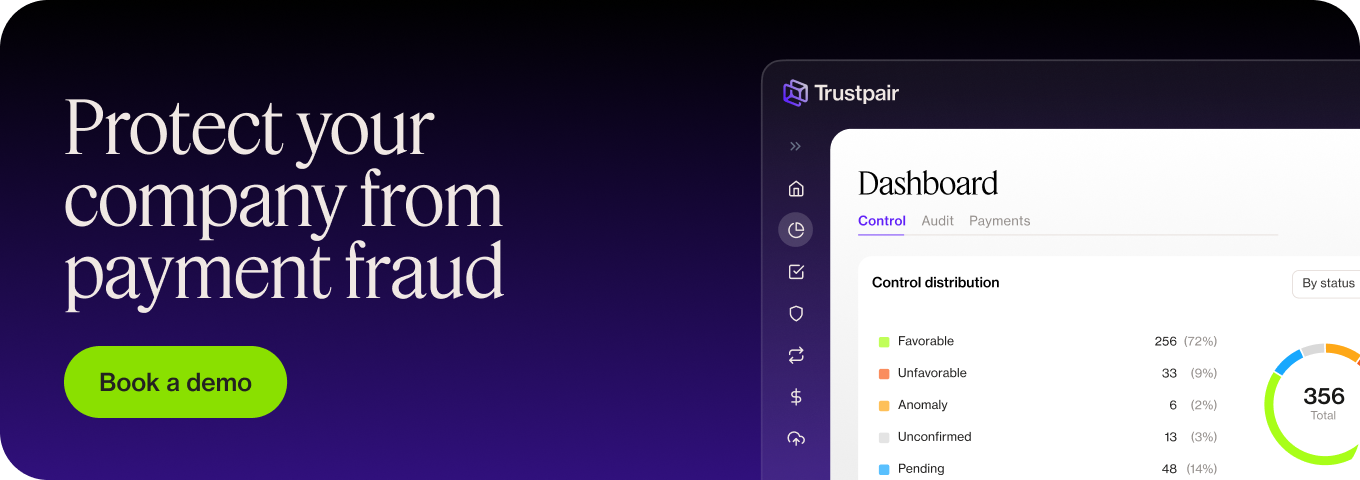White collar was a term coined in the 1930s relating to workers in offices: men typically wore a white shirt and tie whereas manual labourers tended to wear blue overalls (blue-collar). White-collar crime is committed against a business, often by an employee, or by an organisation if individuals within it are powerful enough.
The FBI describes white-collar crimes as “characterized by deceit, concealment, or violation of trust and are not dependent on the application or threat of physical force or violence. The motivation behind these crimes is financial—to obtain or avoid losing money, property, or services or to secure a personal or business advantage”.
The value of an organisation’s losses to white-collar crime is not limited to the sum in question. The financial and reputational consequences can be far reaching. There may be court cases and significant penalties payable. And the loss of reputation can destroy a business.
White-collar crime statistics show a huge problem
The depth and breadth of white-collar crime is enormous. Organisations can deliberately mislead investors with false information to inflate their share price or evade tax; hide, destroy, or falsify documents; launder money; or be involved in corruption. Individuals can embezzle, steal, hide losses, spy for competitors, sabotage systems or manipulate markets. The scope is huge.
According to the PwC’s 2020 Global Economic Crime and Fraud Survey, nearly half of all fraud committed was by people ‘invited in’ rather than external forces. They found that 37% were committed by employees, and 20% involved collusion between an employee and another party. And 43% of reported frauds in 2020 resulting in losses of over USD 100 million were committed by insiders.
White-collar criminals hide in plain sight. They are typically male, well-educated, and in their mid-forties. They are often married and involved in the community. They are employed in positions of trust.
Examples of white-collar crime
There are several main areas of white-collar crime, with each offering various ways for criminals to make money.
- Corporate fraud
Most corporate fraud cases involve falsifying financial information or manipulating share prices. This can imply a better financial position or be used to evade taxes or regulatory requirements.
Businesses or individuals within a company can manipulate markets, ‘front-run’ orders or use inside information to benefit from share price movements.
Front-running is when a trader expects an order for a certain stock or commodity and buys or sells it for their company. When the order comes in they will profit at the client’s expense.
Insider trading is using privileged information not in the public domain to profit. For example, buying a stock knowing the company will make an announcement that will cause a large spike in the share price. It can then be sold for a profit when the information is released and the price moves.
- Money laundering
This can be done by individuals with or without an organisation’s knowledge. Money from illegal sources such as drugs, trafficking, corruption, or terrorism will be ‘cleaned’ so it appears to have come from legitimate business activities.
- Securities and commodities fraud
Investment fraud covers a multitude of sins. From the well-known Ponzi and pyramid schemes whereby new investors fund older investors’ ‘returns’, to fraudulent funds and trading programmes, criminals target victims with promises of quick, significant returns.
In cases of embezzlement an employee could use a client’s funds for their own purposes, or to cover up losses or a lack of liquidity in another part of the business.
- Other types of white-collar crime
Computer system sabotage, competitor espionage, bribery, extortion, identity theft, embezzlement of company funds: the list can seem endless.
The real cost of white-collar crime
The cost of white-collar crime is not limited to the headline figure. It can affect a company’s reputation, goodwill, and profitability.
In 2016 Wells Fargo was reported to have opened unauthorised client accounts and mis-sold products. The share price quickly fell 13%, reducing their market capitalisation by USD 20 billion. They were fined USD 1.185 billion and legal claims cost USD 575 million.
Bernie Madoff’s Ponzi scheme cost investors USD 65 billion. He got 150 years in prison and was ordered to make USD 170 billion in restitution. Sadly, the fallout also led to his son’s suicide.
Protection against white-collar crime
Companies need robust processes that are followed properly. Early detection can prevent a full-scale disaster. Technology can be used as an extra layer of protection and Trustpair’s solutions will reduce your risk. Our Payment Security system runs an automatic check of third-party payment files and detects suspicious behaviour. Our account validation solution reduces time and money costs as well as increasing security.
Let us show you how our software can help reduce your company’s risk of white-collar crime. Contact us to request a demo: keep your business safe.
Key Takeaways:
- All companies and organisations are at risk of white-collar crime
- The cost is not limited to the amount stolen
- Trustpair software will give extra security and peace of mind





